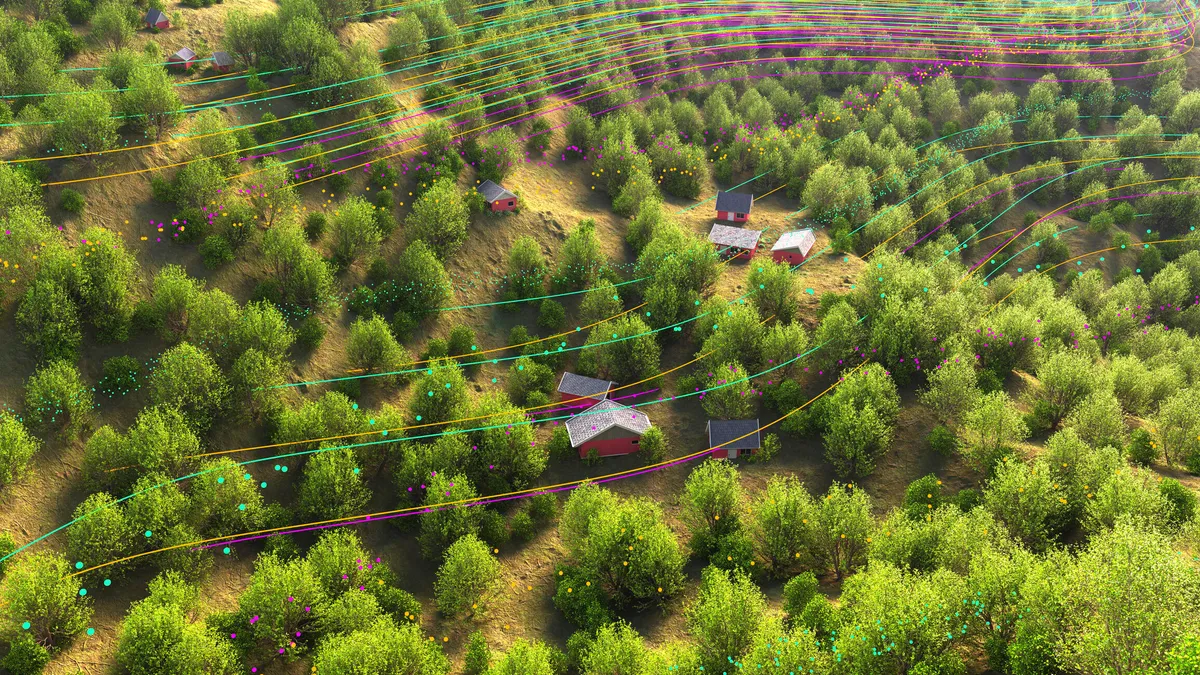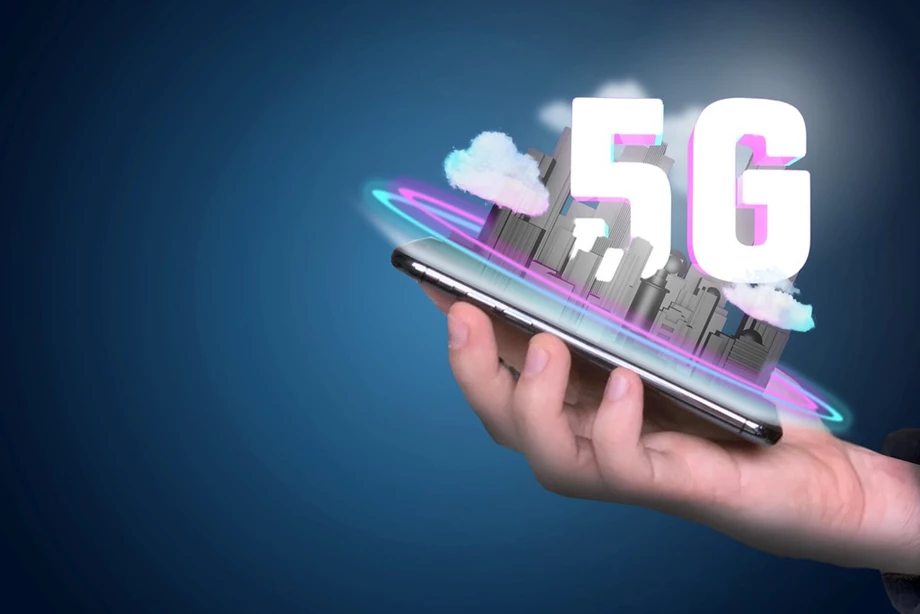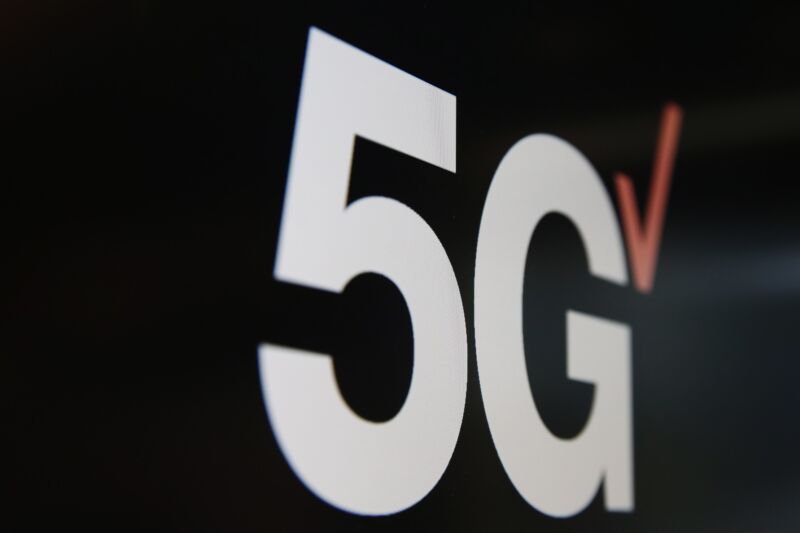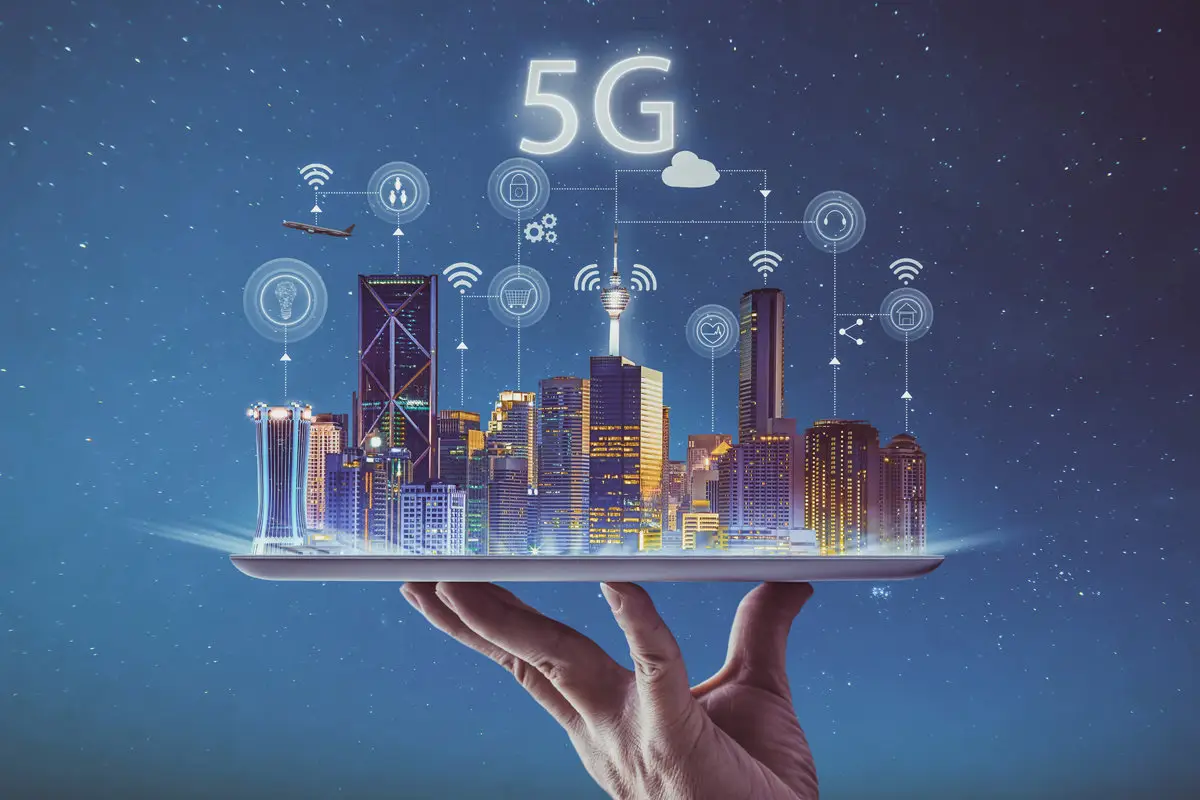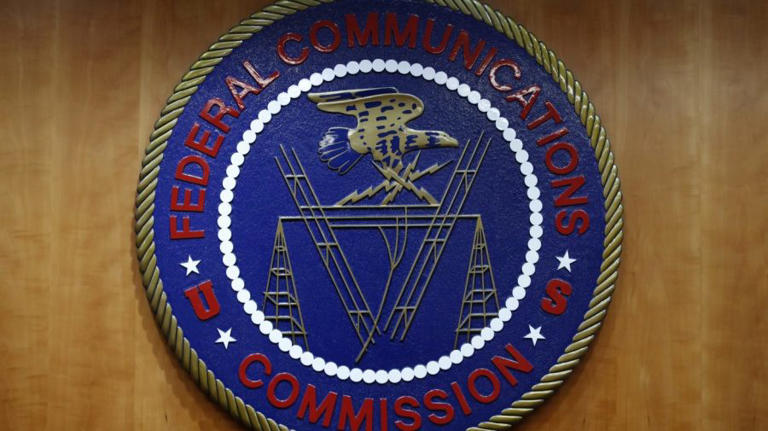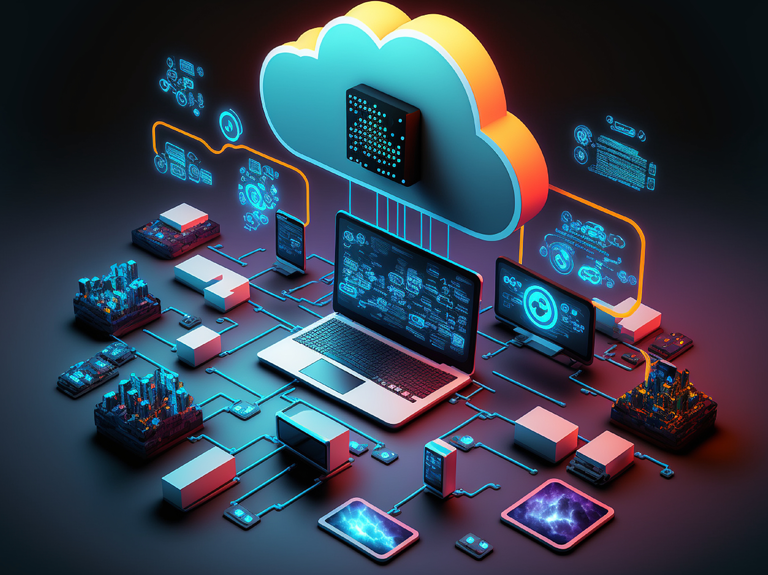
AT&T Expands 5G and Fiber to Connect Rural, Urban and Tribal Communities Nationwide
Nationwide Coverage Surpasses 2.91 Million Square Miles; Tribal Land Coverage Increases by 40% in Last 2 Years
What’s the news? From Fiber to 5G, AT&T* has hit significant network milestones that are aggressively expanding coverage, increasing capacity and strengthening network resiliency. Over the past 5 years (2018–2022), AT&T invested more than $140 billion primarily in our U.S. wireless and wireline networks, including capital investments and acquisitions of wireless spectrum.1 It’s helping us open the door to a world of possibility for people and businesses across the AT&T network and helping first responders save lives with mission-critical connectivity on the FirstNet® network. See how we’re doing it:
Setting the bar for network resiliency: We’re focused on becoming the best, biggest and most resilient network in America. Last year, we led the industry by establishing a 3rd “emergency” pathway to each mobility network hub (MTSO) to combat extreme weather and climate events as well as increasing instabilities in the commercial power infrastructure landscape. Thanks to this initiative, we’ve reduced the likelihood of major outages by nearly 35%. And we’re undergoing the largest refresh of our power backup systems in the history of our network – investing millions of dollars in generators, batteries and systems to help keep our network up and running when there is a local power outage. In addition, using network digital twin, we’re able to simplify processes, model resiliency measures and forecast how to optimize our build. And we’ve been working with the U.S. Department of Energy’s Argonne National Laboratory to model future climate impacts through our Climate Change Analysis Tool. These insights are helping us make data-driven decisions for how we prioritize resiliency investments for the future. And when Mother Nature does strike, we’re at the ready with one of the largest and most advanced disaster recovery programs of its kind.
Connecting people on the go: We have the best global coverage of any U.S. wireless provider.2 And with the largest wireless network in America,3 we now cover more than 2.91 million square miles. That’s an increase of about 100,000 square miles in 2022, or like covering the entire United Kingdom. And we’ve grown America’s Most Reliable 5G Network4 to reach 290 million people in nearly 24,000 cities and towns across the U.S.
We’ve also increased coverage by more than 40% on federally recognized tribal lands in the last 2 years (2020 – 2022) thanks to public-private partnerships like FirstNet and those created through the American Rescue Plan, as well as our own investment initiatives. This includes places like Cherokee Nation in Kenwood, Oklahoma where people previously had to drive more than 10 miles to get mobile cell service.
Plus, as of the end of 2022, more than 150 million people could take advantage of our mid-band 5G spectrum – more than double our original end-of-year 2022 target. We also doubled the number of venues and airports with AT&T 5G+ last year to now bring super-fast speeds and increased connectivity to parts of more than 50 cities and nearly 70 venues and airports in the U.S.
Connecting first responders: As America’s public safety’s communications partner, we’re giving more of the public safety community access to their network. FirstNet already covers 99%+ of the U.S. population, covering more first responders than any network5. And now public safety on FirstNet has access to 250,000+ more square miles than competing commercial network offerings. We’ve also surpassed 99%+ of our Band 14 coverage target with the First Responder Network Authority (FirstNet Authority), delivering more dedicated connectivity to federal, state, tribal, territorial, urban and rural first responders when they need it.
Building a network for tomorrow: Fiber is our foundation. In fact, we have so much fiber that you could stretch it to the moon and back 3 times. In 2022, we laid more than 60,000 miles of fiber in the U.S. alone. All that fiber helps carry more than 594 petabytes of data traffic on an average day, up 23% year-over-year (or the equivalent of streaming nearly 40 million 2-hour long movies in HD).
And as the nation’s largest fiber internet provider,6 we’re committed to providing more Americans with access to reliable, high-speed broadband. This is critical as people are consuming roughly 30 times more data in their own homes than on the go with smartphones. Currently, AT&T Fiber is available to more households than any other fiber internet service.6 And we’ve passed 24 million locations – including 4 million business locations – in 100+ U.S. metros7 – that’s on track to pass 30+ million locations by the end of 2025.
As much as we depend on connectivity today, we think this is only the beginning. It’s why we’re also testing and helping develop innovative, out-of-this-world satellite solutions for remote and challenging geographic locations. This includes our collaboration with AST SpaceMobile on testing the first-of-its-kind space-based cellular broadband network (i.e., voice, text and video) accessible directly by standard mobile phones – helping to one day keep you connected, anywhere.
Learn more about coverage in your local area or read more FirstNet news.
What are people saying?
Chris Sambar
Head of AT&T Network
“Society thrives on connection. And our people, resources and expertise are what’s making AT&T the best connectivity provider. These network milestones reinforce this, and we’ll continue to expand and fortify our infrastructure to give more communities – rural, urban and tribal – access to the connectivity we all rely on.”
Lynda Zambrano
Executive Director, National Tribal Emergency Management Council
“There has been historical underinvestment in broadband infrastructure on Tribal Nations. FirstNet, Built with AT&T is helping tackle this problem by making buildout for Tribal communities a priority. With this expanded connectivity, Tribal first responders have new tools to help them communicate and coordinate their emergency operations to serve our tribal communities.”
Click here to read the full article from AT&T.
